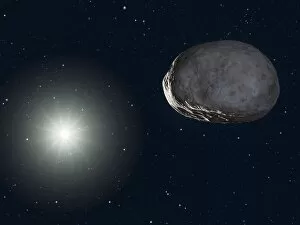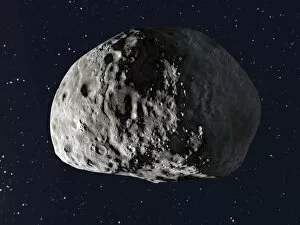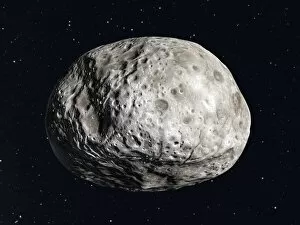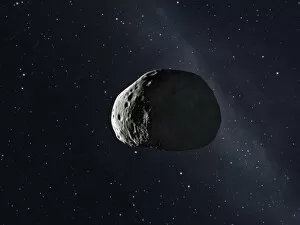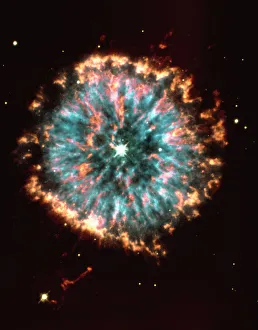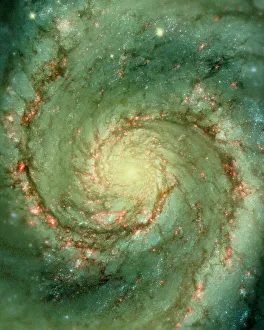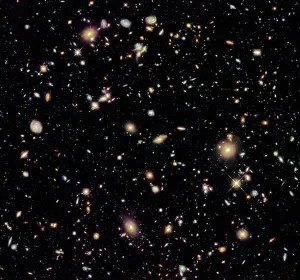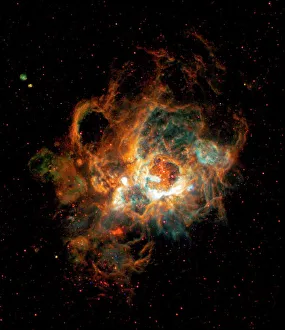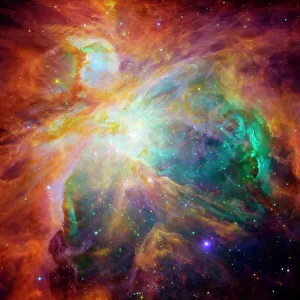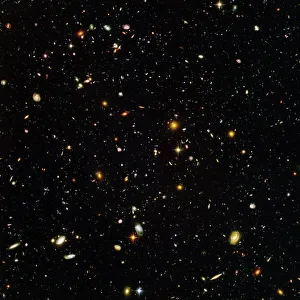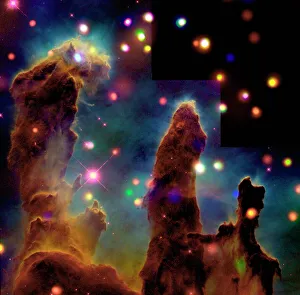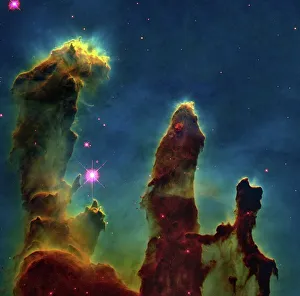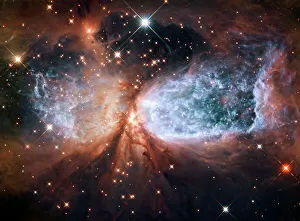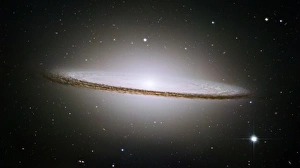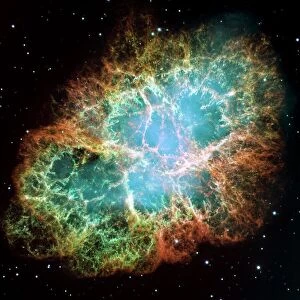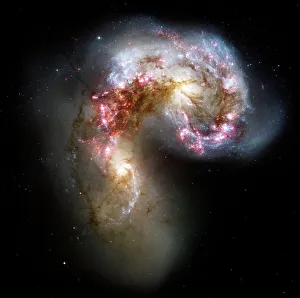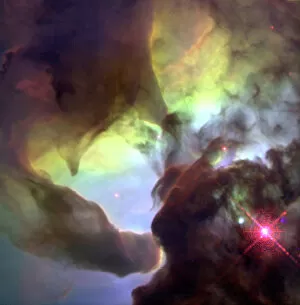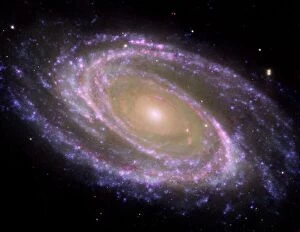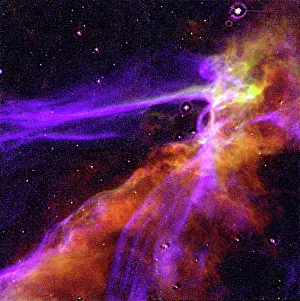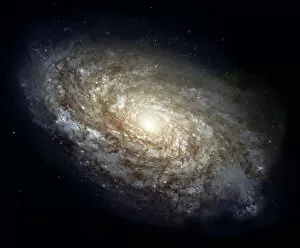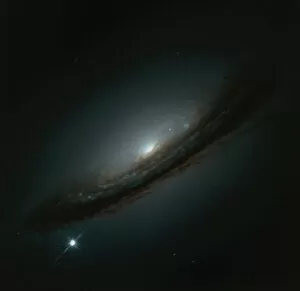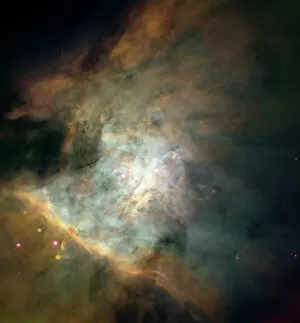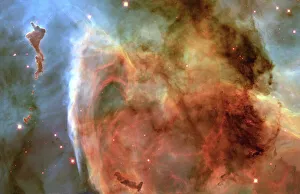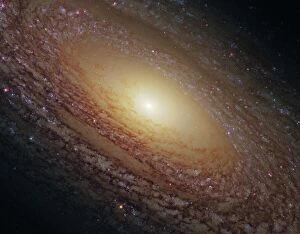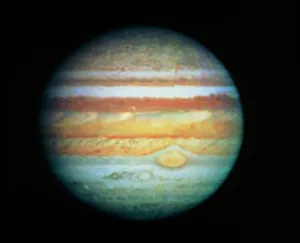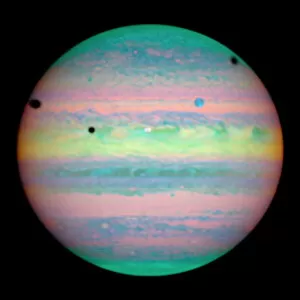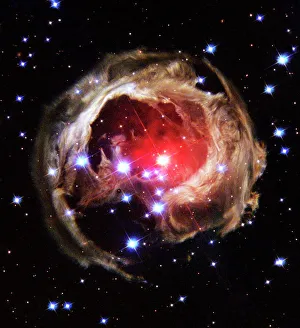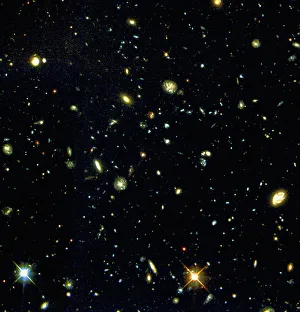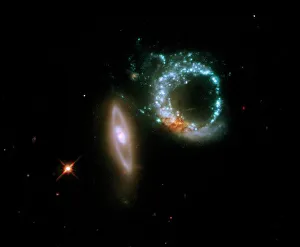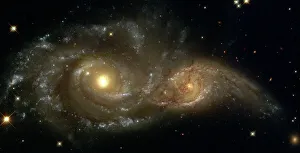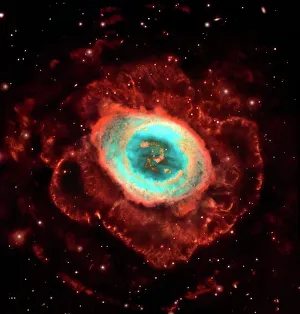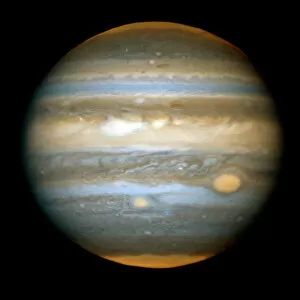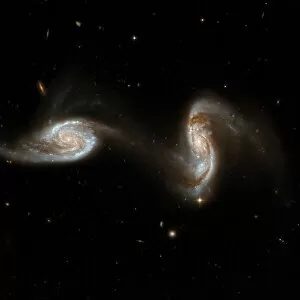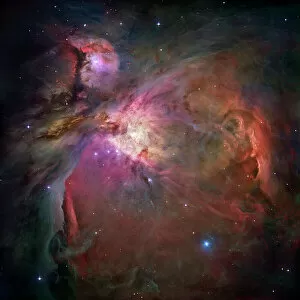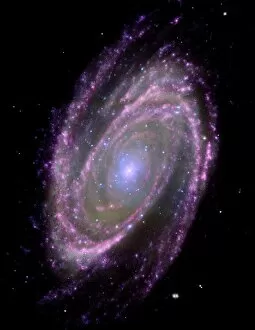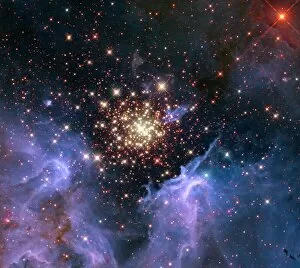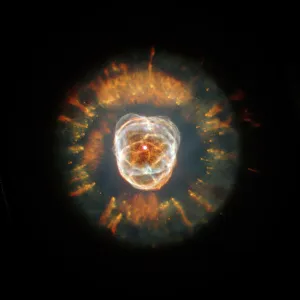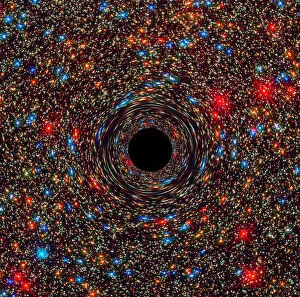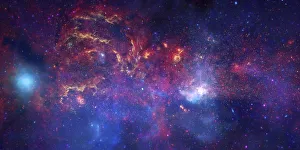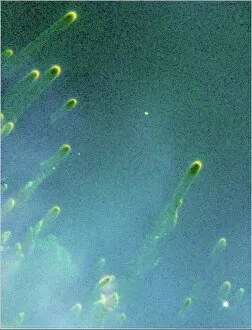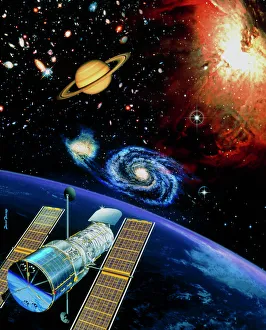Hubble Telescope Collection
The Hubble Telescope is a space telescope launched in 1990 and named after astronomer Edwin Hubble
Choose a picture from our Hubble Telescope Collection for your Wall Art and Photo Gifts
410 items
All Professionally Made to Order for Quick Shipping
-
Hubble Telescope Collection
The Hubble Telescope is a space telescope launched in 1990 and named after astronomer Edwin Hubble. It orbits the Earth at an altitude of about 569 km, allowing it to observe distant galaxies and stars with unprecedented clarity. The telescope has revolutionized our understanding of the universe, providing us with stunning images of galaxies billions of light years away. Its discoveries have helped scientists understand the age and size of the universe, as well as its composition. In addition to its scientific contributions, Hubble has also provided us with breathtaking images that have captivated people around the world. The telescope continues to be a valuable tool for and will continue to provide us with invaluable insights into our universe for years to come.
+
Our beautiful pictures are available as Framed Prints, Photos, Wall Art and Photo Gifts
Media Storehouse offers a stunning collection of wall art and framed prints featuring images captured by the Hubble Telescope. The Hubble Telescope is a space-based observatory that has been in operation since 1990, capturing breathtaking images of our universe. The telescope orbits above Earth's atmosphere, providing clear views of distant galaxies, nebulae, and other celestial objects. The Media Storehouse collection includes high-quality prints showcasing some of the most iconic images taken by the Hubble Telescope. From colorful nebulas to stunning galaxy clusters, these prints are perfect for anyone interested in space exploration science or simply looking to add a touch of cosmic beauty to their home or office decor. Whether you're an astronomy enthusiast or just appreciate beautiful imagery, the Hubble Telescope collection from Media Storehouse is sure to impress. With a range of sizes and framing options available, it's easy to find the perfect print for your space.
+
What are Hubble Telescope (Space Exploration Science) art prints?
Hubble Telescope art prints are high-quality reproductions of stunning images captured by the Hubble Space Telescope. These prints showcase breathtaking views of galaxies, nebulas, and other celestial bodies that are not visible to the naked eye. The Hubble Space Telescope has been orbiting Earth since 1990 and has revolutionized our understanding of the universe through its ability to capture detailed images from deep space. The Hubble Telescope art prints available at Media Storehouse offer a unique opportunity for anyone interested in astronomy or space exploration to bring these incredible images into their home or office. Each print is carefully crafted using state-of-the-art printing technology and premium materials to ensure that every detail is captured with exceptional clarity and vibrancy. Whether you're looking for a striking piece of wall art or a gift for an astronomy enthusiast, these Hubble Telescope art prints are sure to impress.
+
What Hubble Telescope (Space Exploration Science) art prints can I buy from Media Storehouse?
We offer a wide range of Hubble Telescope art prints that showcase the beauty and wonder of space exploration science. You can choose from stunning images of galaxies, nebulae, stars, planets, and other celestial objects captured by the Hubble Space Telescope. These high-quality prints are available in various sizes and formats to suit your preferences. Whether you want a small print for your desk or a large canvas to hang on your wall, we have got you covered. Some popular options include close-up shots of Jupiter's Great Red Spot, colorful images of the Orion Nebula, and breathtaking views of spiral galaxies like NGC 1300. With so many amazing Hubble Telescope art prints to choose from at Media Storehouse, you're sure to find something that inspires awe and wonder in every stargazer or astronomy enthusiast.
+
How do I buy Hubble Telescope (Space Exploration Science) art prints?
To purchase Hubble Telescope art prints from Media Storehouse, you can browse our collection of space exploration science prints online. Once you have found the print that you would like to purchase, simply add it to your cart and proceed to checkout. You will be prompted to enter your shipping and payment information before completing your order. We offer a wide selection of Hubble Telescope art prints in various sizes and formats such as canvas, framed or unframed paper prints. We also offer customization options for some of their products including matting and framing. Our collection includes stunning images captured by the Hubble Space Telescope showcasing galaxies, nebulas, stars and other celestial objects in vivid detail. These beautiful pieces are perfect for any space enthusiast or lover of astronomy looking to decorate their home or office with unique artwork inspired by the wonders of our universe.
+
How much do Hubble Telescope (Space Exploration Science) art prints cost?
We offer a wide range of Hubble Telescope art prints, showcasing some of the most stunning and awe-inspiring images captured by this remarkable instrument. The cost of these prints varies depending on factors such as size, framing options, and other customization choices. However, you can rest assured that they are getting high-quality prints at competitive prices. Whether you're looking for a small print to adorn your home office or a large canvas to make a bold statement in your living room, we have something to suit every taste and budget. With an extensive selection of Hubble Telescope images available in various formats and sizes, you can easily find the perfect piece to add to their collection. If you're interested in purchasing Hubble Telescope art prints from Media Storehouse, you can expect reasonable pricing without sacrificing quality or variety.
+
How will my Hubble Telescope (Space Exploration Science) art prints be delivered to me?
We take pride in delivering your Hubble Telescope art prints with the utmost care and attention to detail. We use high-quality materials to ensure that your print arrives in perfect condition, ready for framing or display. Your order will be carefully packaged and shipped using a trusted courier service. We offer a range of delivery options to suit your needs, including standard shipping and express delivery. Once your order has been dispatched, you will receive an email confirmation with tracking information so that you can monitor the progress of your shipment. Our customer service team is always available to answer any questions you may have about the status of your order. We understand how important it is for our customers to receive their orders promptly and securely, which is why we go above and beyond to ensure that every aspect of the delivery process runs smoothly. With Media Storehouse, you can rest assured that your Hubble Telescope art prints will arrive safely and on time.

